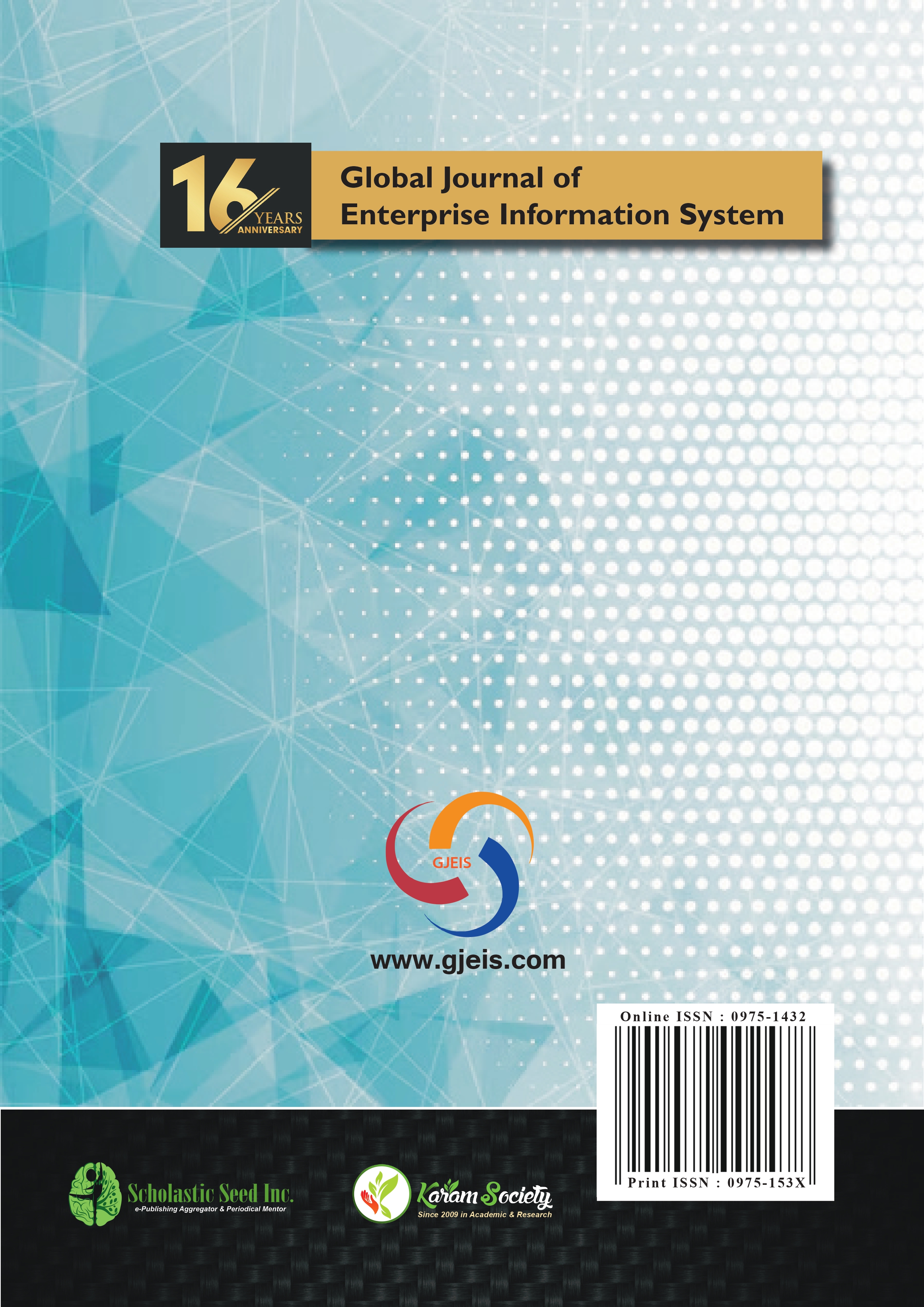A Finite State Automaton is a Tool to Represent Formal Language
Abstract
Purpose: In an introductory formal languages course, upper-level undergraduates and first-year graduate, students are introduced to concepts like automata theory, grammar, constructive proofs, computational efficiency, and decidability. These subjects are difficult or daunting for many students learning to code since they are on the periphery of the field of Computer Science. This misconception is understandable since students are often tasked with designing and providing accurate machines and grammar without the experimental opportunities and real-time feedback crucial to their development as learners. The purpose of the present research work is that tools for creating computations should be included in the instruction of computation theory.
Design/Methodology/ Approach: The present study is mainly based on secondary data. The data and relevant statistics for this study have been collected from different sources.
Findings: It details the deployment and usage in the classroom of a library called FSM, which is meant to provide students with the chance to explore and test their ideas using state machines, grammar rules, and query language. Before committing to a rigorous demonstration of correctness, students can conduct randomized tests.
Originality/ Value: This research shows students may conduct usability tests on their ideas like that used in computer programming classes. Students may quickly include their algorithmic developments in their constructive proofs thanks to the library’s convenient implementation options.
Paper type: View Point.
Copyright (c) 2023 Global Journal of Enterprise Information System

This work is licensed under a Creative Commons Attribution-NonCommercial-NoDerivatives 4.0 International License.








